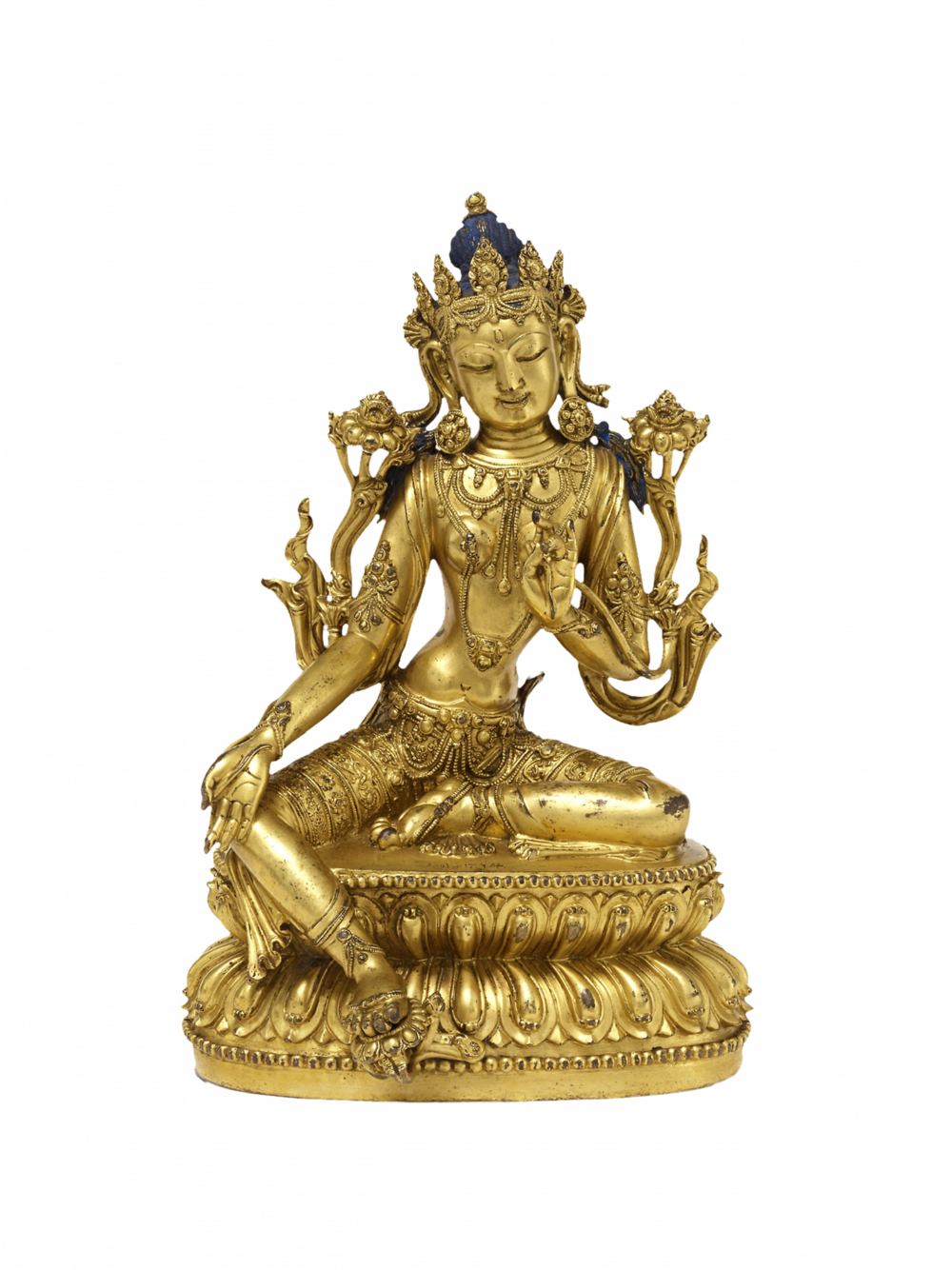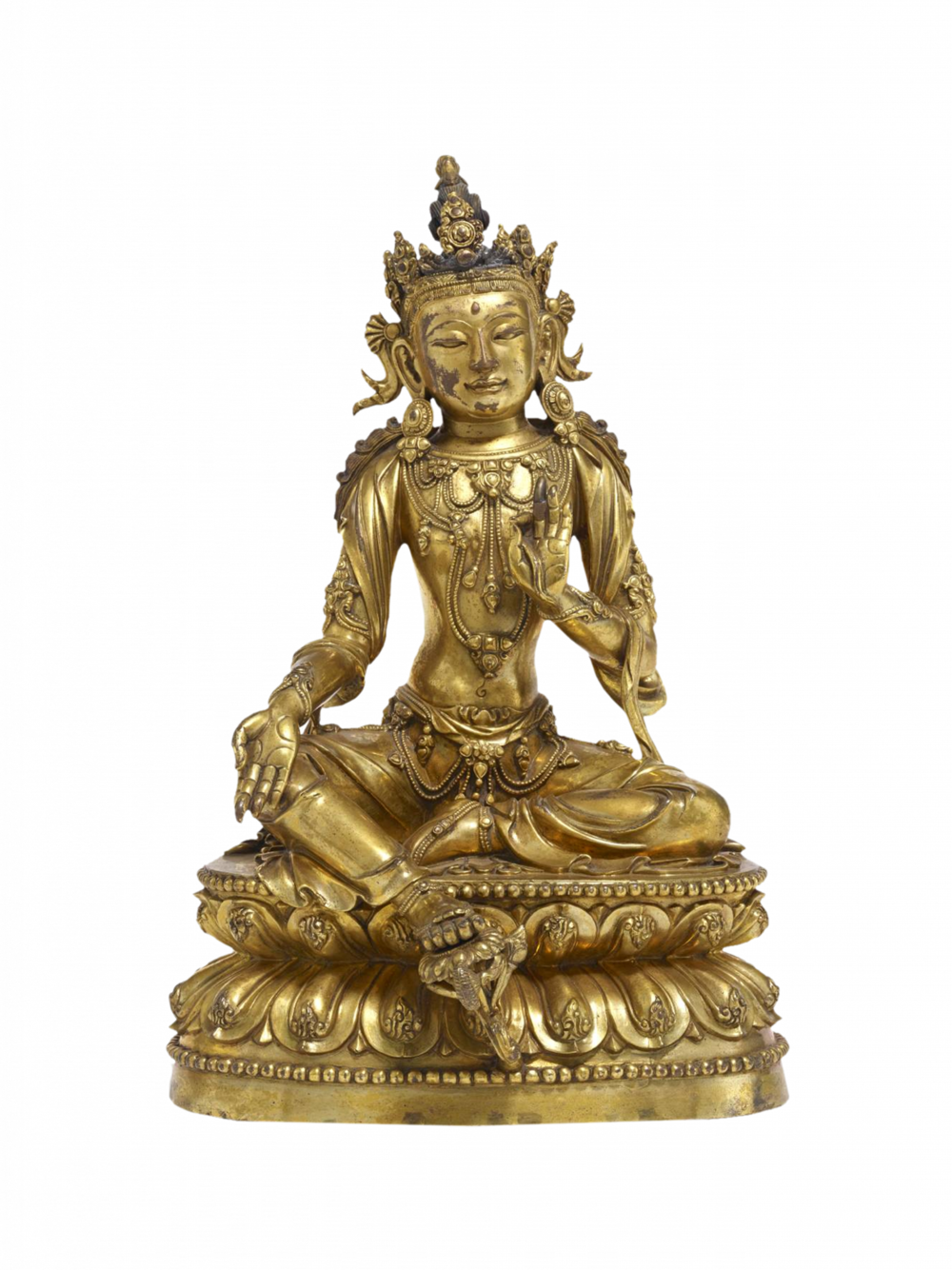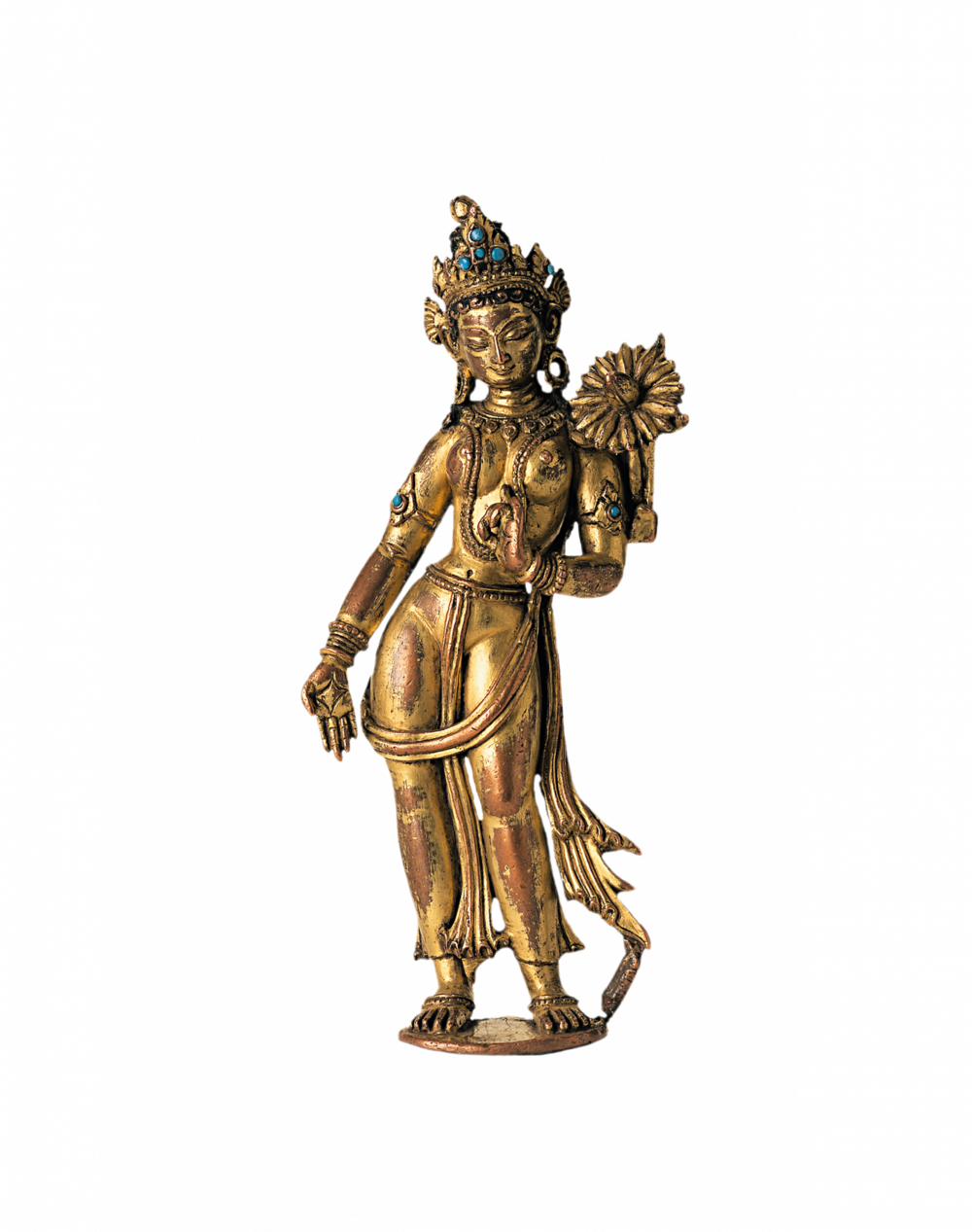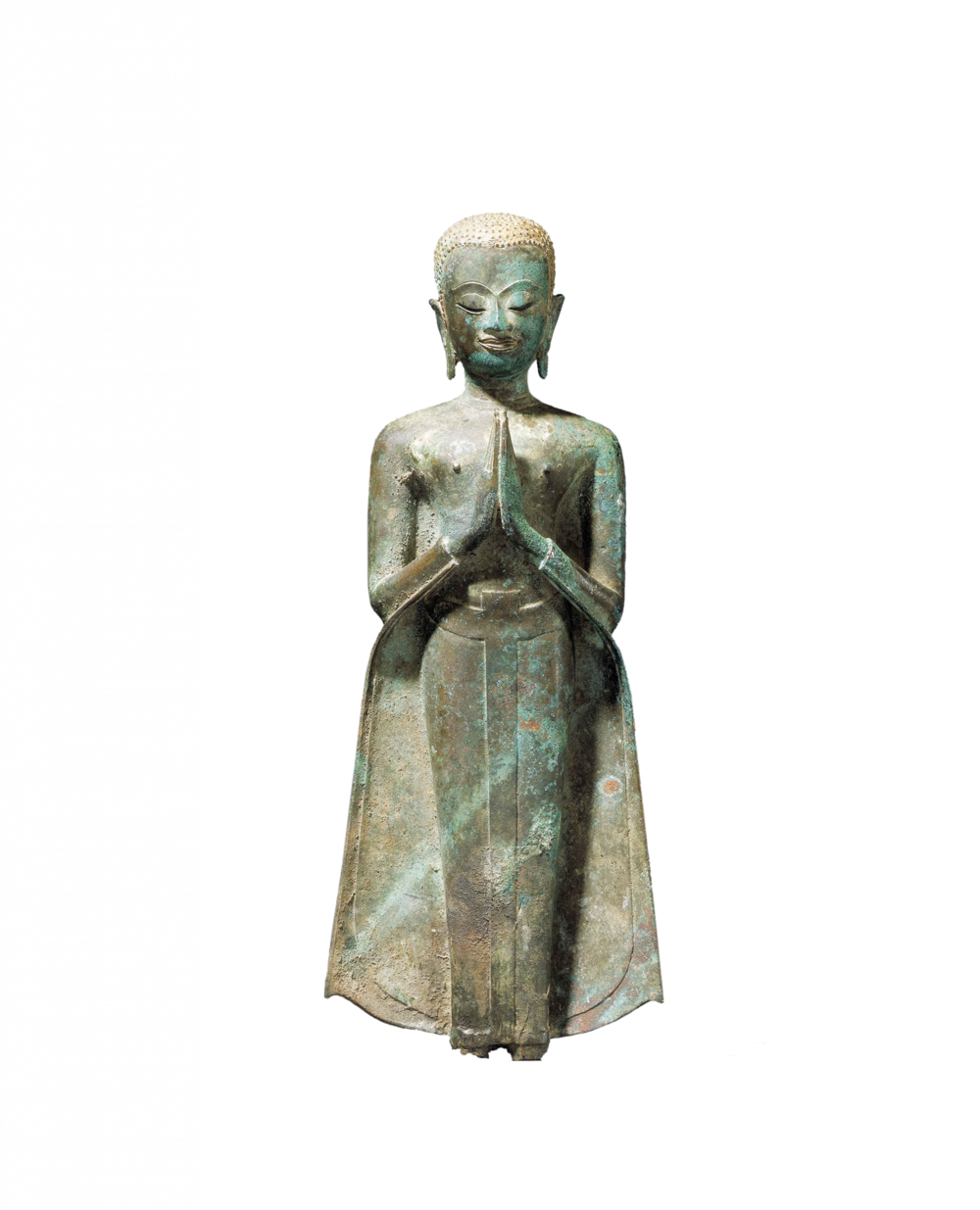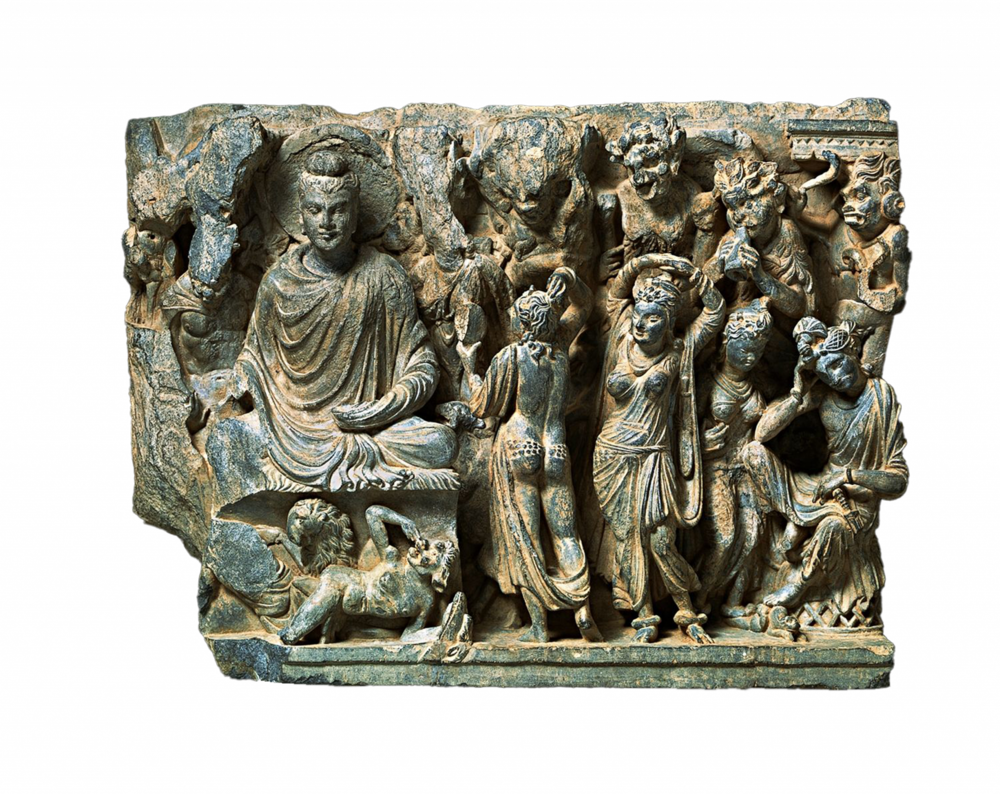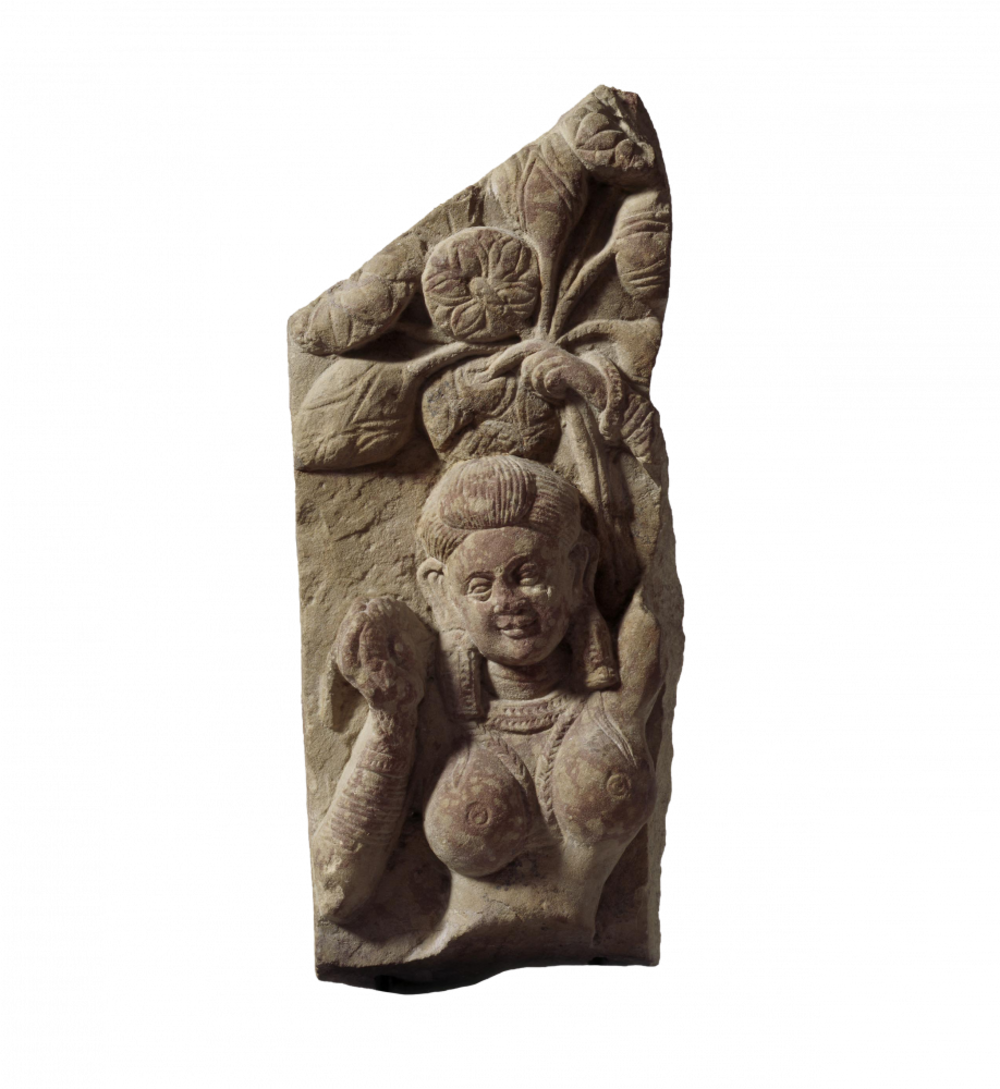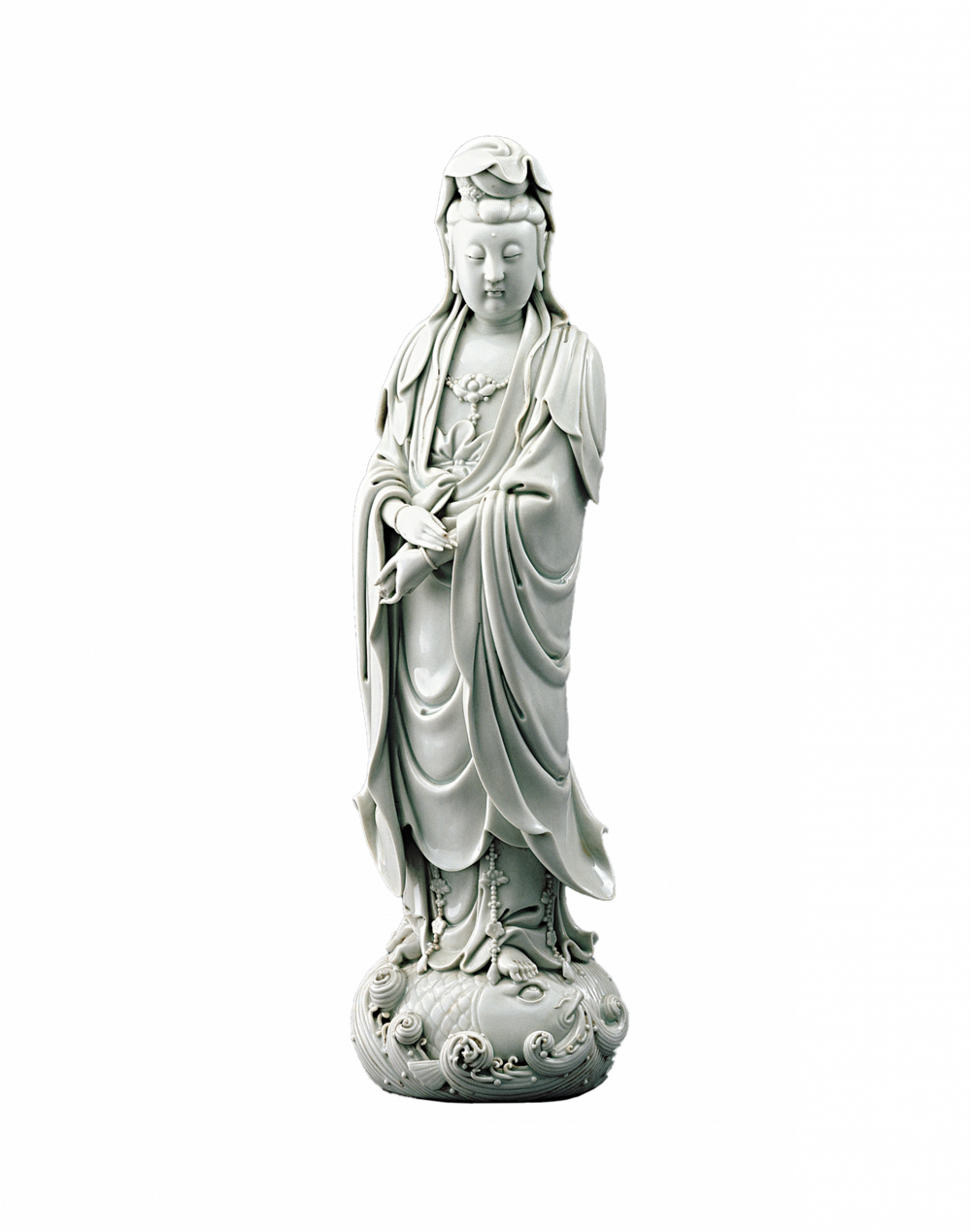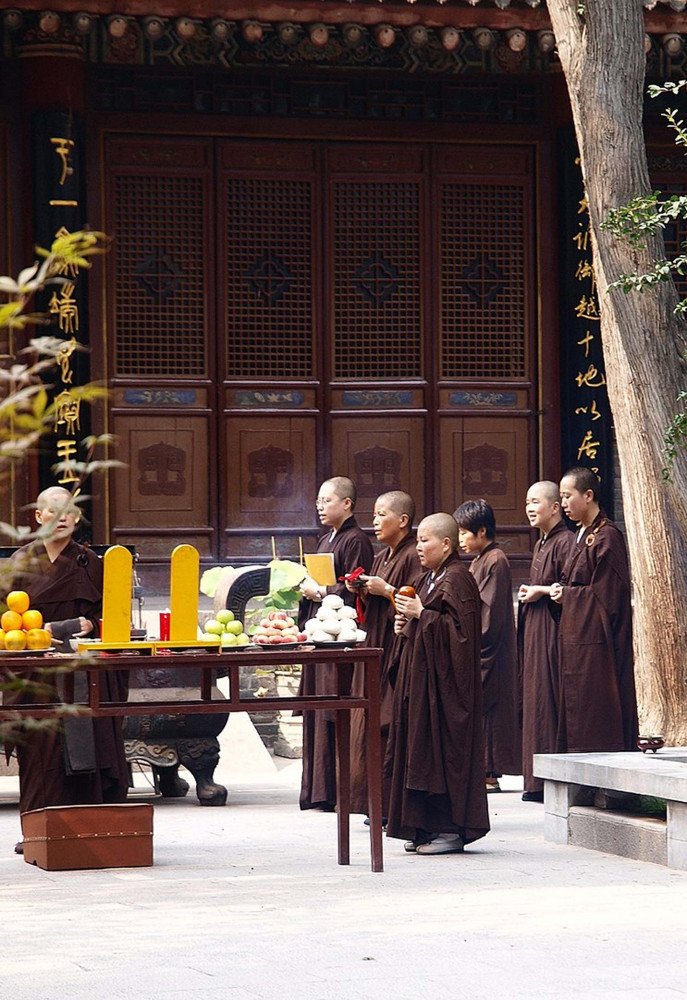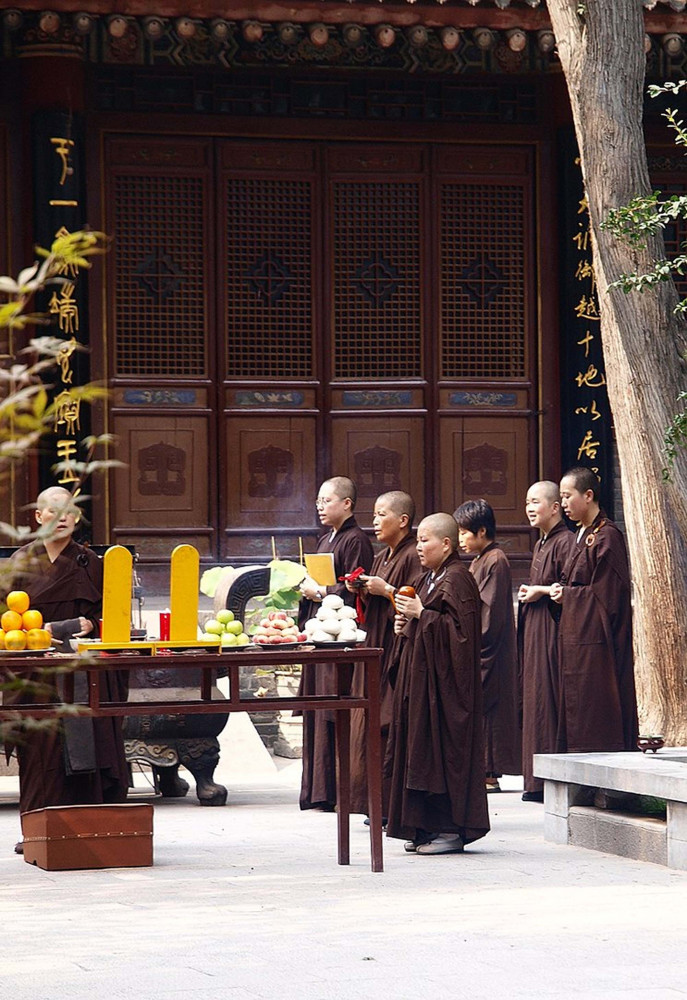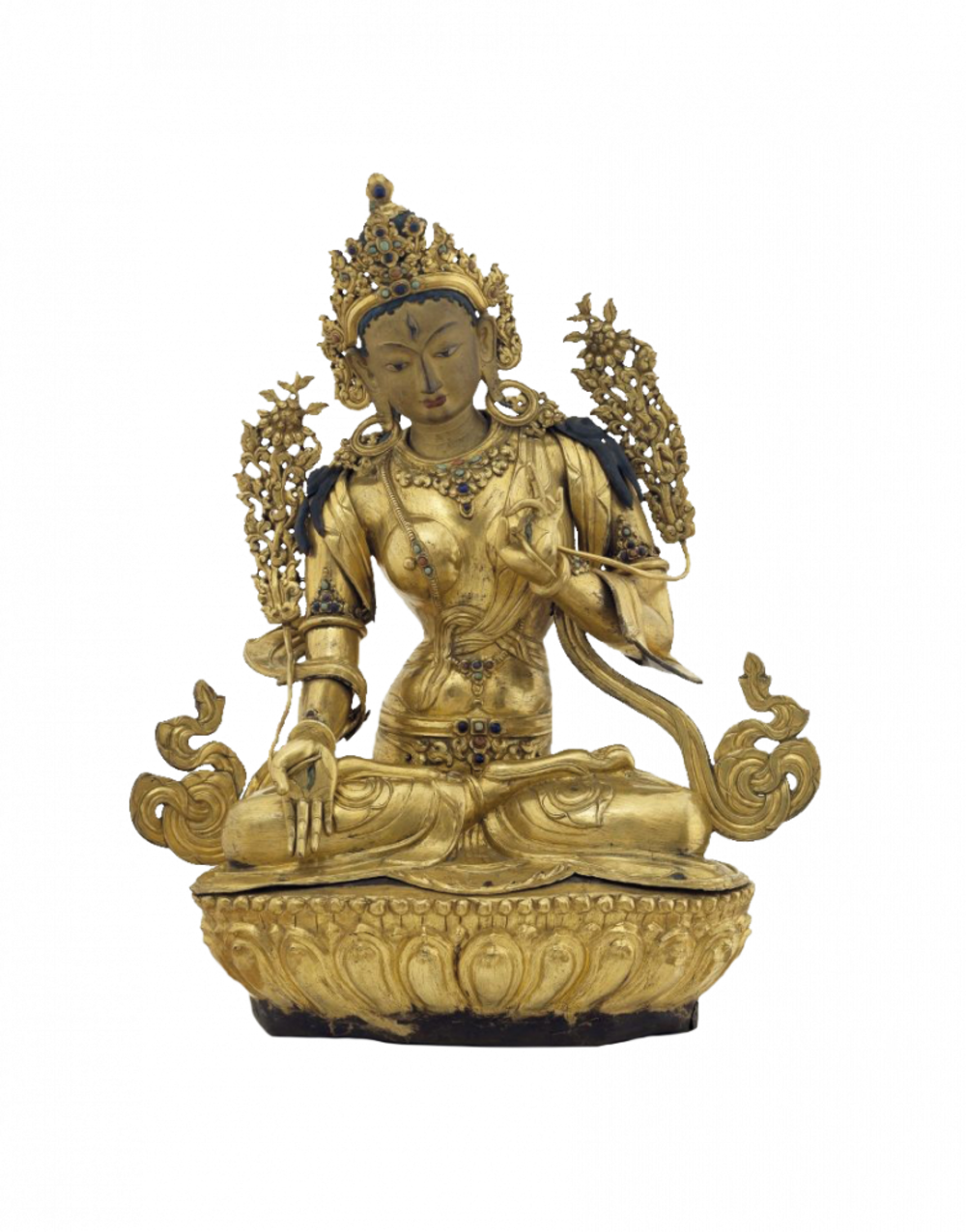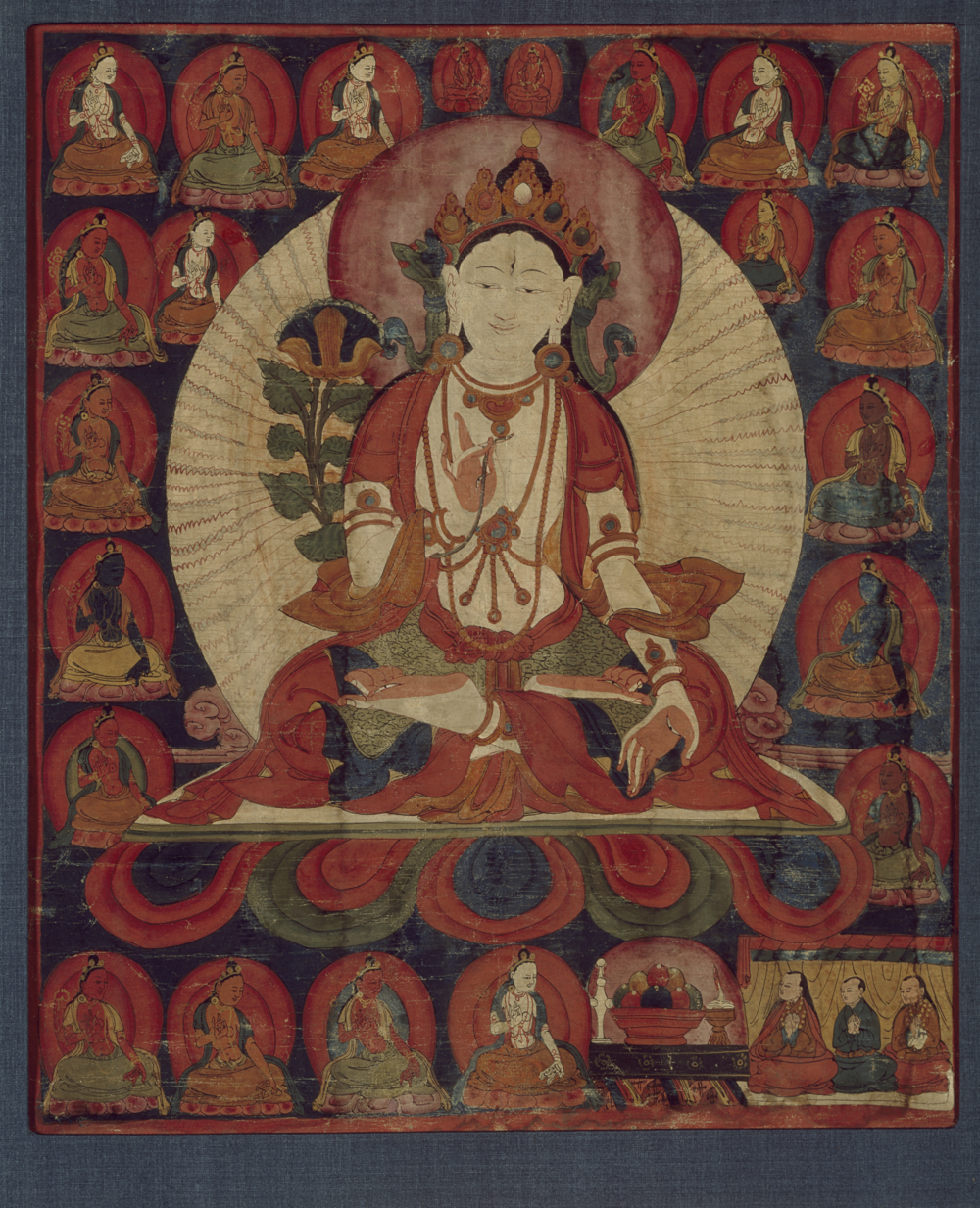Within the Buddhist traditions followed in the West, men and women alike practise the Way of the Buddha.
A glance at South East Asia, however, shows that it is monks who dominate religious life, notably in Thailand and Myanmar.
Even now, in fact, women can only be fully ordained in a few Buddhist nations. While orders of nuns existed in India as far back as the 3rd century BCE, they disappeared during the 8th century. Orders of nuns became established only in China, Korea, and Vietnam.
In this story, you can learn more about the role of women in the various Buddhist traditions throughout history up to the present day.
